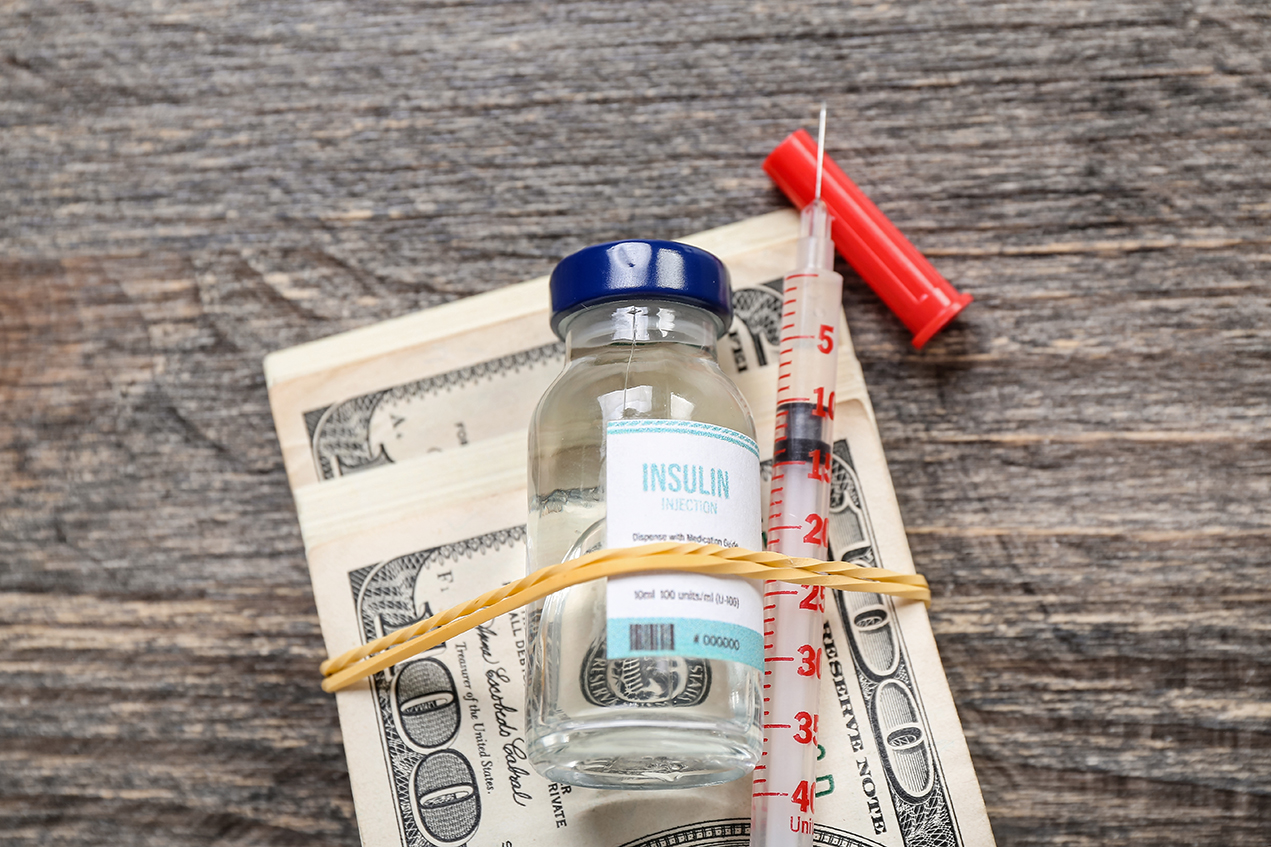The Inflation Reduction Act’s $35 cap on out-of-pocket costs for insulin has already led to increases in the total number of insulin fills for Medicare beneficiaries, according to a study from the USC Schaeffer Center for Health Policy & Economics and University of Wisconsin, Madison. The findings were published today in the Journal of the American Medical Association.
From 2007 to 2020, the amount that Medicare patients had to pay skyrocketed from $236 million to more than $1 billion. The high prices led many patients with diabetes to ration the life-saving drug, increasing the risk of poor health outcomes and even death — a public health problem that required an urgent solution.
To read the full story, click here.


